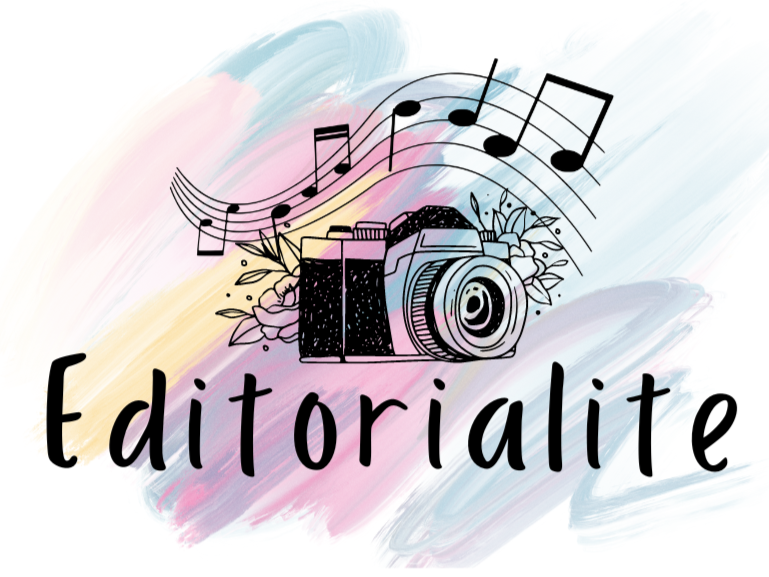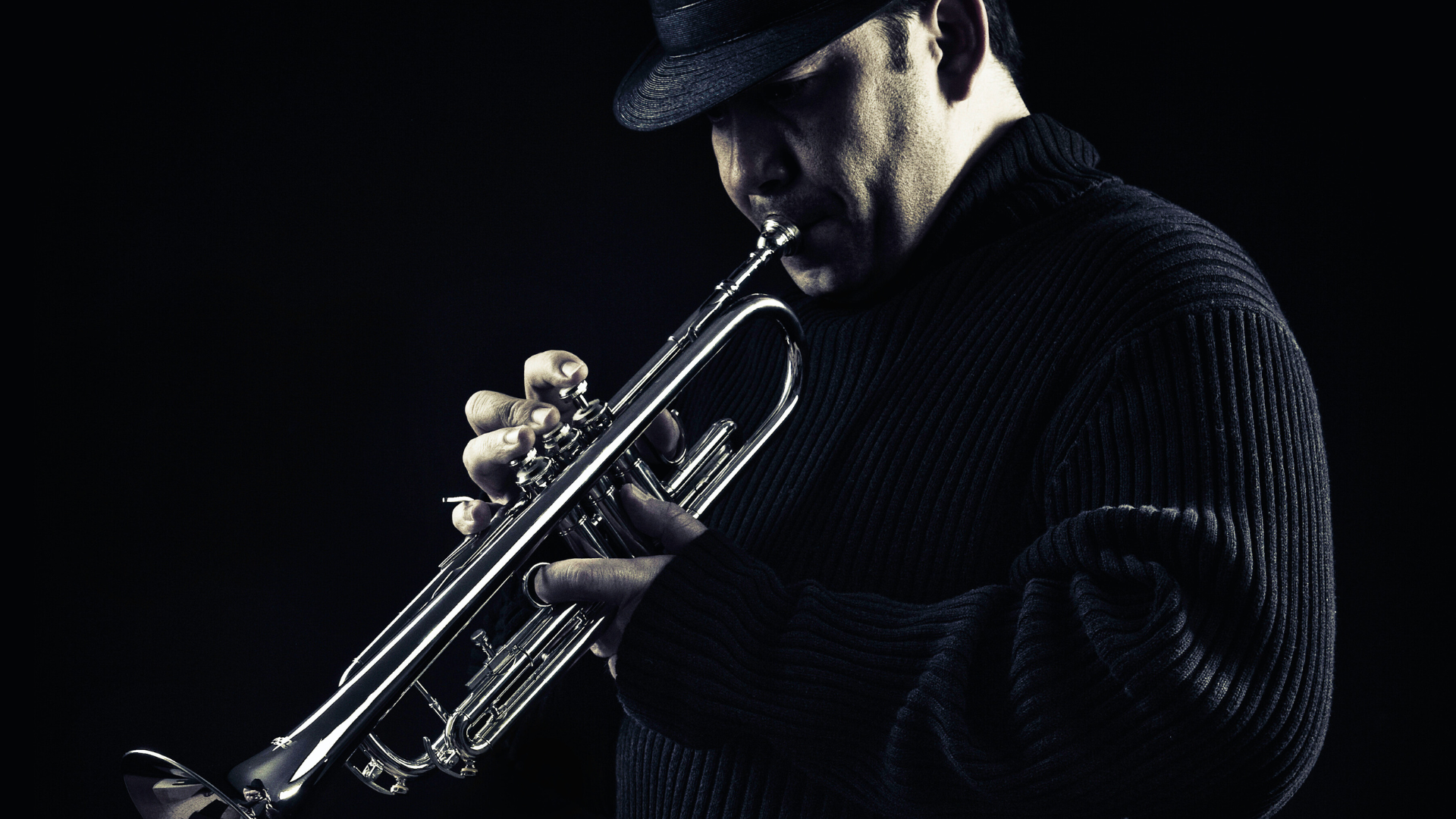Jazz has fundamentally shaped the landscape of modern music, influencing various genres and styles. Its complex rhythms, improvisation techniques, and emotional depth have paved the way for countless artists, redefining the boundaries of musical expression. The transition from the syncopated beats of jazz to contemporary pop, rock, and hip-hop showcases its lasting legacy.
Many popular musicians today draw inspiration from jazz’s unique elements, incorporating its harmonic structures and improvisational flair into their work. This fusion not only enriches their sound but also connects audiences to the rich history of music. From iconic figures like Miles Davis to modern artists like Kamasi Washington, the echoes of jazz continue to reverberate through current trends in music culture.
Understanding the influence of jazz provides insight into modern music’s evolution. It illustrates how foundational genres can transform and inspire new creative avenues, bridging the past with the present.
Historical Evolution of Jazz
Jazz has undergone significant transformations since its inception, reflecting a blend of cultural influences and innovations. From its roots in New Orleans to the diverse styles that emerged in the 20th century, its evolution showcases the genre’s adaptability and enduring appeal.
The Origins and Early Jazz
Jazz originated in the early 20th century in New Orleans, drawing from African American musical traditions. Elements such as blues, spirituals, and work songs incorporated emotional expression and improvisation. The rhythmic patterns of ragtime also played a critical role in shaping early jazz.
Performers like Louis Armstrong and Duke Ellington helped popularize this new sound, featuring instruments like the trumpet, clarinet, and trombone. Their innovative techniques and unique styles marked the transition from traditional music to a more improvisational form, laying the groundwork for future jazz movements.
The Development of Swing and Bebop
The swing era emerged in the 1930s, characterized by big bands and danceable rhythms. Key figures, including Benny Goodman and Count Basie, popularized this lively style, making jazz a dominant force in American culture. Swing emphasized a strong beat and featured star instrumentalists, allowing for vibrant improvisation.
In the 1940s, bebop revolutionized jazz, moving away from dance-oriented music to a more complex and sophisticated form. Innovators like Charlie Parker and Dizzy Gillespie introduced faster tempos and intricate melodies. This shift also brought a greater focus on individual expression and artistry in performances, influencing countless musicians in the years to come.
From Dixieland to Cool Jazz and Beyond
After the rise of bebop, jazz continued to diversify with movements like cool jazz and the Dixieland resurgence. Cool jazz, represented by artists like Miles Davis and Chet Baker, featured softer tones and intricate harmonies, making it more nuanced than its predecessors.
Dixieland jazz saw a revival in the 1940s, highlighting traditional New Orleans styles with a fresh twist. This period showcased a blend of upbeat tempos and harmonious collective improvisation. Such varied expressions illustrate jazz’s capacity to evolve while remaining rooted in its rich history and cultural significance.
Jazz’s Influence on Other Music Genres
Jazz has significantly shaped various music genres, blending its improvisational techniques, harmonic structures, and rhythmic patterns into diverse styles. This incorporation enriches the sound and complexity of modern music, showcasing jazz’s lasting impact across different musical landscapes.
Jazz and Classical Music Interactions
Jazz and classical music have interacted in multiple ways, creating hybrid forms that enhance both genres. During the early 20th century, composers like George Gershwin and Leonard Bernstein incorporated jazz elements into classical frameworks.
These interactions often feature improvisation, where classical musicians experiment with jazz-inspired melodies. The use of complex chord progressions and dynamic rhythms has led to innovative compositions, blending structured classical forms with the spontaneity of jazz. Notable works like Gershwin’s “Rhapsody in Blue” exemplify this fusion, presenting a dialogue between structured classical motifs and free jazz forms.
Integration of Jazz Elements into Popular Music
Popular music has widely adopted jazz elements, enhancing its appeal and complexity. Artists across genres utilize jazz-influenced harmony and melodies to create distinctive sounds. For instance, rock musicians often incorporate jazz-inspired guitar solos and intricate drum patterns.
Genres like R&B and hip-hop also highlight jazz’s influence. Many hip-hop producers sample jazz tracks, seamlessly integrating improvisational techniques into their beats. Notable artists such as Amy Winehouse and John Legend have incorporated jazz styles into their music, reflecting the genre’s reach and versatility in modern popular culture.
Infusion of Jazz in Contemporary Music
In contemporary music, jazz continues to inspire artists through its unique characteristics. Genres such as neo-soul and electronic music feature jazz rhythms and intricate melodic structures. Contemporary jazz musicians, like Kamasi Washington and Esperanza Spalding, push boundaries, demonstrating how jazz informs present-day sounds.
Producers often blend jazz instrumentation with electronic elements, crafting innovative soundscapes. This fusion introduces new listeners to jazz while keeping the genre relevant. Artists create music that resonates with wider audiences while paying homage to their jazz roots, ensuring the genre’s continuous evolution.
Jazz Techniques and Musical Components
Jazz incorporates unique rhythms, harmonies, and improvisational techniques that set it apart from other genres. Understanding these components reveals how they contribute to the broader landscape of modern music.
Rhythm and Tempo in Jazz
Rhythm is a crucial element in jazz, often characterized by syncopation and swing. Syncopation involves placing emphasis on beats that are typically not accented, creating a dynamic feel. Swing, another defining feature, refers to a specific type of rhythmic feel that propels the music forward.
Tempos in jazz can vary significantly, from fast-paced bebop to slower ballads. Musicians often feel the pulse in a way that encourages interaction and spontaneity, allowing for innovative expressions. This rhythmic flexibility fosters a conversational atmosphere among performers.
Harmonies and Chord Progressions
Jazz harmonies are known for their complexity, often utilizing extended and altered chords. A standard chord progression, like the ii-V-I progression, serves as a foundation for many jazz compositions. These progressions create tension and resolution, inviting rich improvisation.
Intricate harmonies also incorporate counterpoint, allowing multiple melodic lines to coexist. This interplay enriches the texture of jazz music, adding depth to solos and creating a more engaging listening experience. Musicians frequently experiment with chord substitutions, enhancing creativity in their performances.
Improvisation and Jazz Composition
Improvisation is at the heart of jazz. Musicians often create melodies spontaneously, drawing on their knowledge of scales and harmonic structures. This skill is essential for expressing individuality and responding to other musicians in real time.
Jazz composition offers a framework for improvisation while providing artistic freedom. Composers may write pieces that serve as guides for improvisational exploration, combining structured elements with open-ended sections. Techniques such as call and response further highlight the interactive nature of jazz, where musicians build upon each other’s ideas.
Prominent Figures and Their Legacy
The impact of jazz musicians on modern music is profound and far-reaching. Key figures have shaped the genre, influencing countless artists and styles in today’s music landscape.
Iconic Jazz Musicians and Their Impact
Duke Ellington stands out as a pivotal figure in jazz history. His innovative compositions and orchestration techniques expanded the boundaries of jazz, blending it with elements of classical music. Ellington’s work in the 1920s and 1930s, particularly with his big band, set new standards for musical arrangement.
Another influential musician is Louis Armstrong. His virtuosic trumpet playing and unique vocal style helped popularize jazz worldwide. Armstrong’s ability to improvise and his charismatic stage presence changed public perception of jazz, making it a respectable art form.
The contributions of these musicians, among others, laid the groundwork for modern genres. They inspired artists across various musical backgrounds to incorporate jazz elements into their work.
Contemporary Artists Carrying the Jazz Torch
Robert Glasper is a prime example of a contemporary artist blending jazz with modern genres. His work fuses jazz, hip-hop, and R&B, showcasing the adaptability of jazz. Glasper’s Grammy-winning projects demonstrate how jazz can evolve while still respecting its roots.
Additionally, many artists from the Tin Pan Alley era have had a lasting influence on songwriting. Their incorporation of jazz rhythmic patterns and harmonies in popular music continues to resonate today.
Many current musicians draw from these influences, highlighting jazz’s enduring legacy. Their dedication to integrating jazz elements ensures that this vital genre remains alive and relevant in modern music.

